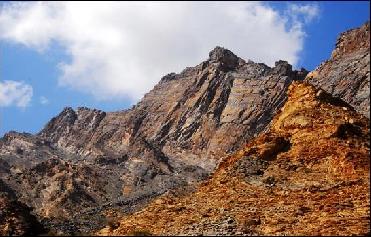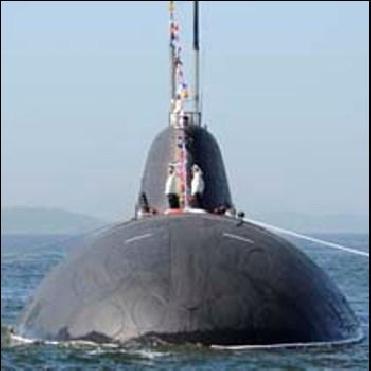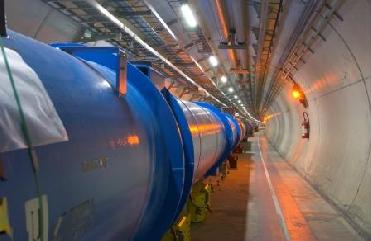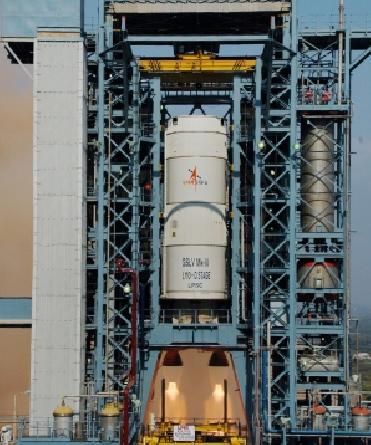
The Hajar mountains of Oman. File photo
NEW YORK (BNS): Peridotite, a type of rock found in the Middle East nation of Oman and other areas around the world could be harnessed to soak up huge quantities of globe-warming carbon dioxide (CO2), scientists said.
The rock reacts naturally at surprisingly high rates with CO2 to form solid minerals and the process could be faster a million times or more with simple drilling and injection methods, according to a study which appeared in this week's early edition of the Proceedings of the National Academy of Sciences.
Peridotite comprises most or all of the rock in the mantle, which undergirds earth's crust. It starts some 20 km or more down the surface, but occasionally pieces are exhumed when tectonic plates collide and push the mantle rock to the surface, as in Oman.
Geologists know that once exposed to air, the rock can react quickly with CO2, forming a solid carbonate like limestone or marble. However, schemes to transport it to power plants for grinding and combining with smokestack gases have been seen as too costly and energy intensive.
The researchers said the discovery of previously unknown high rates of reaction underground means CO2 could be sent there artificially, at far less expense. "This method would afford a low-cost, safe and permanent method to capture and store atmospheric CO2," said lead author, geologist Peter Kelemen.
Kelemen and geo-chemist Juerg Matter, both at Columbia University's Lamont-Doherty Earth Observatory, made the discovery during field work in the Omani desert, where they have worked for years.
Their study area, a Massachusetts-size expanse of largely bare, exposed peridotite, is crisscrossed on the surface with terraces, veins and other formations of whitish carbonate minerals, formed rapidly in recent times when minerals in the rock reacted with CO2-laden air or water.
Up to 10 times more carbonates lie in veins belowground; but the subterranean veins were previously thought to be formed by processes unconnected to the atmosphere, and to be nearly as old as the 96-million-year-old rock itself. However, using conventional carbon isotope dating, Kelemen and Matter showed that the underground veins are also quite young -- 26,000 years on an average -- and are still actively forming as CO2-rich groundwater percolates downward.
They estimate that the Omani peridotite is naturally absorbing 10,000 to 100,000 tonnes of carbon a year -- far more than anyone had thought. Similarly, large exposures of peridotite are also seen on the Pacific islands of Papua New Guinea and Caledonia, and along the coasts of Greece and the former Yugoslavia; smaller deposits occur in the western United States and many other places.
The scientists said the process of locking up carbon in the rocks could be speeded 100,000 times or more simply by boring down and injecting heated water containing pressurised CO2. Once jump-started this way, the reaction would naturally generate heat and that heat would in turn hasten the reaction, fracturing large volumes of rock, exposing it to reaction with still more CO2-rich solution. The exposed Omani peridotite extends down some 5 km.
Accounting for engineering challenges and other imperfections, they assert that Oman alone could probably absorb some 4 billion tonnes of atmospheric carbon a year -- a substantial chunk of the 30 billion sent into the atmosphere by humans, mainly through burning of fuels. With large amounts of new solids forming underground, cracking and expansion would generate micro-earthquakes -- but not enough to be readily perceptible to humans, said Kelemen.
"It's fortunate that we have these kinds of rocks in the Gulf region," said Matter. Much of the world's oil and gas is produced there, and Oman is constructing new gas-fired electric plants that could become large sources of CO2.
Matter has been working on a separate project in Iceland, where a different kind of rock, volcanic basalt, also shows promise of absorbing carbon dioxide produced by power plants. Trials there are set to begin in spring 2009, in partnership with Reykjavik Energy, and the universities of Iceland and Toulouse (France).
"We see this as just one of a whole suite of methods to trap carbon. It's a big mistake to think that we should be searching for one thing that will take care of it all," said Kelemen.
 Previous Article
Previous Article Next Article
Next Article











The Indian Air Force, in its flight trials evaluation report submitted before the Defence Ministry l..
view articleAn insight into the Medium Multi-Role Combat Aircraft competition...
view articleSky enthusiasts can now spot the International Space Station (ISS) commanded by Indian-American astr..
view article